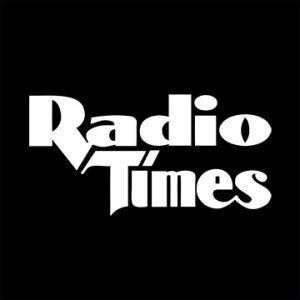An end to Quantitative Easing?
ListenGuests: Alan Blinder and David Stockman
Global shares tumbled last week with the news that the Federal Reserve Bank is getting ready to end its policy of effectively printing money to shore up the US economy. It’s known as Quantitative Easing, and it’s been used to pump tens of billions of dollars into the bond markets. The news gave traders on Wall Street the jitters, prompting a big sell-off of stocks. Thursday saw the Dow Jones take its biggest hit of the year – falling two point three percent. This latest move from the Fed Chairman Ben Bernanke raises many questions. Is now really the right time to pull back from propping up America’s economy? With the impact of the sequester, and GDP only showing very modest growth, could an end to Quantitative Easing put the reins on economic recovery? And what will the impact be for ordinary Americans, their jobs and homes? Was Quantitative Easing even the right tool for the Fed to use in the first place? Here to demystify Quantitative Easing and gaze into their economic crystal balls are ALAN BLINDER from Princeton Univeristy and DAVID STOCKMAN, Former Reagan budget director.
WHYY is your source for fact-based, in-depth journalism and information. As a nonprofit organization, we rely on financial support from readers like you. Please give today.





